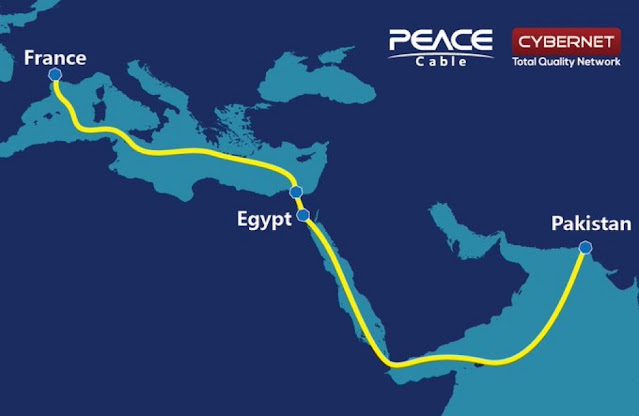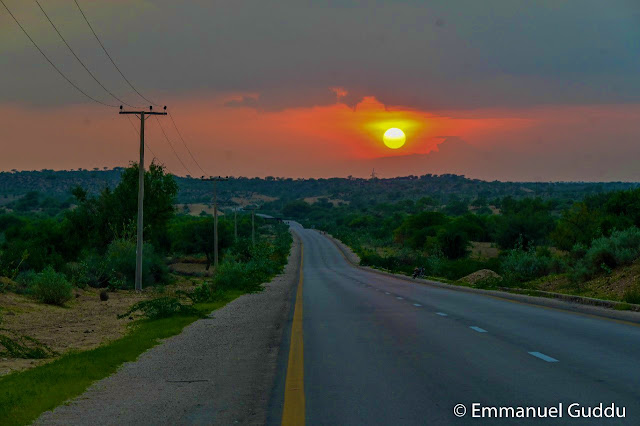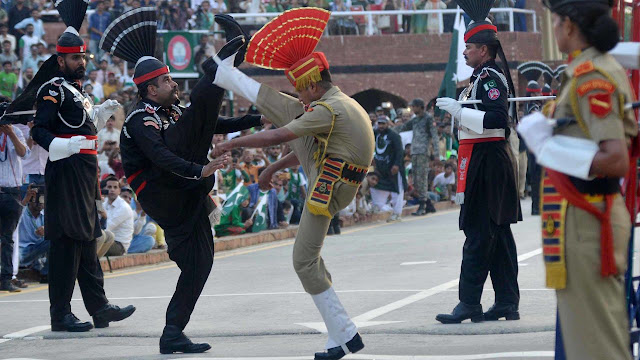Retired Indian diplomat Sharat Sabharwal in his recently published book "India's Pakistan Conundrum" disabuses his fellow Indians of the notion that Pakistan is about to collapse. He faithfully parrots the familiar Indian tropes about Pakistani Army and accuses it of sponsoring "cross-border terrorism". He also writes that "Pakistan has shown remarkable resilience in the face of adversity". "Pakistan is neither a failed state nor one about to fail", he adds. He sees "limitations on India’s ability to inflict a decisive blow on Pakistan through military means". The best option for New Delhi, he argues, is to engage with Pakistan diplomatically. In an obvious message to India's hawkish Hindu Nationalist Prime Minister Narendra Modi, he warns: "Absence of dialogue and diplomacy between the two countries carries the risk of an unintended flare-up". Ambassador Sabharwal served as Indian High Commissioner to Pakistan from 2009 to 2013. Prior to that, he was Deputy High Commissioner in Islamabad in the 1990s.
 |
| India's Pakistan Conundrum by Sharat Sabhrawal Book Cover |
In a 30-minute interview with Karan Thapar for The Wire to discuss his book, Sabharwal said it is not in India’s interests to promote the disintegration of Pakistan. “The resulting chaos will not leave India untouched”. He further argued that Indians must disabuse themselves of the belief that India has the capacity to inflict a decisive military blow on Pakistan in conventional terms. “The nuclear dimension has made it extremely risky, if not impossible, for India to give a decisive military blow to Pakistan to coerce it into changing its behavior.” He said Indians must disabuse themselves of the belief that they can use trade to punish Pakistan. “Use of trade as an instrument to punish Pakistan is both short-sighted and ineffective because of the relatively small volume of Pakistani exports to India.”
Below are some key excerpts of "India's Pakistan Conundrum" by Ambassador Sharat Sabhrawal:
Pakistan Not Failed State:
"In conclusion, it can be said that Pakistan is neither a failed state nor one about to fail in the foreseeable future. Further, so long as the army remains a largely professional and disciplined force, having at its disposal Pakistan’s rapidly growing arsenal of nuclear weapons, the probability of a change in Pakistan’s external boundaries would remain very low. Therefore, a policy premised on the failure or disintegration of the Pakistani state would hinge on unsound expectations. However, because of the various factors examined in the previous chapters, Pakistan will continue to be a highly dysfunctional state with widespread lawlessness".
Pakistan's Remarkable Resilience:
"Pakistan has shown remarkable resilience in the face of adversity – evidenced most tellingly by its recovery following the humiliating defeat in 1971. It has recovered significantly from the terror backlash, which followed Musharraf’s U-turn in the wake of 9/11. Fatalities in terror violence that mounted sharply from 2004 onwards, reaching the peak of 11,317 in 2009 (civilians, security forces personnel and terrorists), were down to 365 in 2019. Similarly, fatalities in suicide attacks, which reached the peak of 1,220 in 2010, were down to 76 in 2019".
China Pakistan "Nexus"
"China too reacted adversely to the above Indian move (article 370 abrogation), accusing India of continuing to undermine China’s territorial sovereignty by unilaterally amending its domestic laws and urging it to be cautious in its words and deeds on the border issue. Subsequently, it repeatedly called for peaceful resolution of “Kashmir dispute” left over from colonial history, based on the UN Charter, relevant UN Security Council resolutions and bilateral agreements, thus echoing Pakistan’s position on the subject. Pakistan’s questioning of the accession of Jammu and Kashmir to India and its policy of cross-border terrorism did not stem from the special status of Jammu and Kashmir under the Indian constitution and have outlasted its abrogation. The Pakistani dimension of India’s Kashmir problem and the Pakistani threat to the security of this sensitive region are still very much alive".
Strategic China-Pakistan Economic Corridor (CPEC):
"China’s reaction to the Indian move and its subsequent aggressive actions in eastern Ladakh have added to that threat. Keen to ensure the safety and security of its strategic CPEC investment, China could in the normal course be expected to encourage a solution based on freezing the existing territorial reality between India and Pakistan in J&K. However, with the downturn of its own relationship with India, it may be tempted to sustain and bolster Pakistan’s hostility. Equally, India’s strategic planners may be tempted not to give any comfort to China on the CPEC until a degree of stability is restored to the India-China equation, disturbed seriously by China’s aggressive behaviour in eastern Ladakh. Overall, the external environment for the security and stability of Jammu and Kashmir has worsened. This makes it all the more important for India to address the internal dimension of its Kashmir conundrum. India’s challenge is to ensure peace in J&K, not only in the immediate, but durable peace, for the failure to do so would continue to invite external meddling".
Consequences of Pakistan's Disintegration:
"Should India work to break up Pakistan? A body of opinion in India recommends that India should be proactive in causing the disintegration of Pakistan. For the reasons mentioned in Chapter 6, a policy premised on disintegration of the Pakistani state would hinge on unsound expectations. However, let us examine, for the sake of argument, the consequences of heightened turmoil in/break up of Pakistan for India. The unwise policies of Pakistan’s rulers have already resulted in considerable turbulence there. Though the Pakistani state uses terror against India, it is calibrated by its instrumentalities. Heightened chaos in Pakistan leading to collapse of the state authority will not leave India untouched. Let us not forget that Pakistan has continued to pay a heavy price for having caused instability in its neighbour – Afghanistan – something I repeatedly recalled to my Pakistani audiences. Collapse of the state will also present India with a humanitarian crisis of a gigantic proportion, with the terrain between the two countries offering an easy passage to India for those fleeing unrest in Pakistan. At the height of terrorism in the Pakistani Punjab in 2009–10, some of my interlocutors in Lahore were candid enough to say that in the event of a Taliban takeover, they would have no option but to run towards India. Break up of Pakistan could lead to a civil war amongst the successor states or worse still among various warring groups vying for influence, as was the case after collapse of the state authority in Afghanistan, entailing the undesirable consequences mentioned above and perilous uncertainty concerning the ownership of Pakistan’s nuclear arsenal. Alternatively, India may be faced with a hostile Pakistani Punjab in possession of nuclear weapons. In either case, it will be bad news for India".
Related Links:
Haq's Musings
South Asia Investor Review
India-Pakistan Ties: Who's at Fault For Failing to Resolve Disputes?
India: A Paper Elephant?
Jaswant Singh on Indian Foreign Policy's "Strategic Confinement"
Vast Majority of Indians Believe Nuclear War Against Pakistan is Winnable
Kautilya Doctrine Dominates India's Pakistan Policy
US and China Vying For Influence in Pakistan
Pakistan-China-Russia Vs India-Japan-US
Pakistan Rising or Failing: Reality vs Perception
US DoD 1999 Forecast: "Pakistan Disappears By 2015"
China Pakistan Economic Corridor
Riaz Haq Youtube Channel
VPOS Youtube Channe












































